Suppose I have a 8-direction freeman chain code as follows, in a python list:
freeman_code = [3, 3, 3, 3, 3, 3, 3, 3, 3, 4, 4, 4, 4, 5]
Where directions would be defined as follows:
I need to convert this to an image matrix of variable dimensions with valules of 1s and 0s where 1s would depict the shape, as follows, for example:
image_matrix = [
[0, 0, 1, 0, 0, 1],
[0, 0, 0, 1, 0, 1],
[0, 0, 0, 0, 1, 1]
]
Of course, the above is not an exact implementation of the above freeman code. Is there any implementation in python, or in any language that achieves this? My idea (in python): Use a defaultdict of defaultdicts with 0 as default:
ImgMatrixDict = defaultdict(lambda: defaultdict(lambda:0))
and then start at a midpoint, say ImgMatrixDict[25][25], and then change values to 1 depending on the freeman code values as I traverse. Afte tis I would convert ImgMatrixDict to a list of lists.
Is this a viable idea or are there any existing libraries or suggestions to implement this? Any idea/pseudo-code would be appreciated.
PS: On performance, yes it would not be important as I won't be doing this in realtime, but generally a code would be around 15-20 charactors in length. I assumed a 50*50 by matrix would suffice for this purpose.

